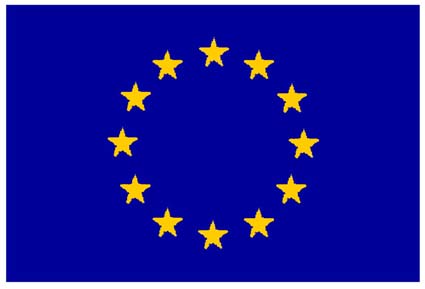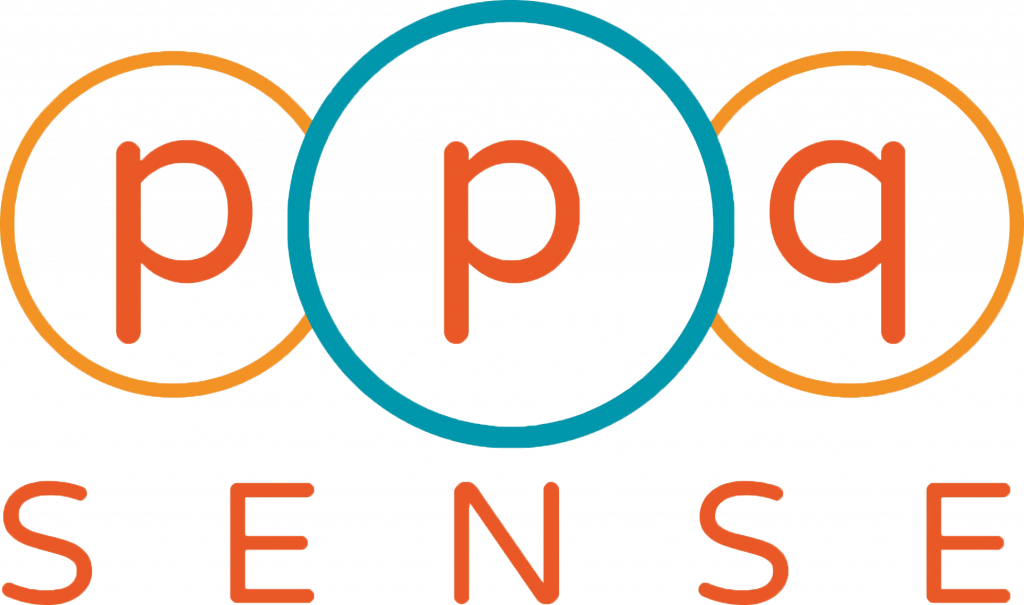This FET Innovation Launchpad proposal QuaLIDAD relates to the Qombs Project (GA 820419) funded under the FET Flagship on Quantum Technologies Initiative. The Qombs Project is focused on the study of Quantum Cascade Lasers (QCLs) as frequency combs and quantum state emitters. One of the activities is the applicability of QCLs as emitters of low-phase-noise mid-IR radiation for open-field communication and innovative LIDAR (LIght Detection And Ranging) schemes for anemometry measurements and range finding. In the QuaLIDAD proposal we want to exploit these results to develop a cost-effective and compact LIDAR system for range finding and remote analysis of air pollutants and aerosol (PM10) for air-quality monitoring applications.
Global public awareness of atmospheric pollution by hazardous and greenhouse gases is increasing, fostering the demand for compact and cost-effective trace gas detection devices and systems. LIDAR is one of the most diffuse optical techniques for remote sensing of atmospheric parameters such as aerosol and particulate distribution, chemical species concentration, etc. The applications range from climate studies to meteorology, air quality assessment and pollutants detection, robotics, autonomous systems, self-driving cars. The mid-IR “fingerprint region” is very attractive for environmental monitoring, and the presence of atmospheric transparency windows, where absorption from water vapors is low, allows for long-range open-field optical transmission (Fig. 1).
Figure 1: Left: atmospheric transparency windows. Right: high-resolution simulation of optical transmission in air around 4.5 μm, with absorptions by some gases of interest. The simulation is based on the HITRAN standard atmospheric model (USA, mid latitude, summer), pressure 1 atm, temperature 296 K, path length 2 km. Absorption lines are related to: H2O, 13CO2, N2O. Aerosol effects are neglected.
The 4-5 μm band presents strong absorption lines of important greenhouse/toxic gases (CO2, CO, N2O, …) combined with low blackbody emission from Sun and Earth. In the 8-14 μm band, NOx and SOx gases can be detected in their strongest transitions.
QCLs are chip-scale room-temperature semiconductor-heterostructure lasers covering almost all the mid-IR range (above 4 μm) up to the THz range. Mid-IR QCLs offer up to several watts of pulsed or cw optical power and allow high-frequency modulation (up to several GHz), while retaining a good far field pattern as required for laser remote sensing techniques.
In its traditional implementation, a LIDAR retrieves range-resolved information by using pulsed laser sources with high peak power (1-10 MW) and short duration (10 ns) along with time resolved detection of the return signal. This standard approach is hardly applicable to QCLs, whose emission is inherently cw or quasi-cw. An alternative technique called Pseudo-Random Noise (PRN) LIDAR has been developed in the past years,, which allows obtaining range resolution using rapidly amplitude modulated quasi-CW laser sources. PRN LIDAR uses the autocorrelation of a pseudorandom code, which recovers the response function of the target by taking the phase-shift cross-correlation of the detection signal with the modulation code. First examples of PRN LIDAR technique found application in laser range finders or for the retrieval of the aerosol distribution (e.g. ceilometers,), or for ranging of hard targets, where a single acquisition channel is required. More recently the PRN technique has been proposed for the determination of species concentration based on the Differential Absorption Lidar (DIAL) technique. In this technique, a laser is tuned alternatively on and off of an absorption line of the chemical species of interest. Range-resolved information on the concentration is derived by comparing the backscattering profiles for the on-line and off-line wavelengths. This technique looks perfectly suited for QCLs due to their high bandwidth modulation capabilities. Due to the small size and relatively simple electronics, the combination of the PRN technique and a QCL as the light source is ideal for the realization of a compact LIDAR system.
The combination of DIAL and PRN techniques has been proposed, e.g., to measure the CO2 concentration from satellite-borne instruments, in the framework of preliminary studies for ESA missions, using Er:fiber lasers. Several studies addressed the problem of the best modulation strategies to improve the signal-to-noise ratio,.
The QuaLIDAD system will implement a dual approach for the mid-IR light detection. Natural atmospheric backscattering scales as λ-4 (Rayleigh law, λ is the laser wavelength), and therefore it is much less intense in mid-IR with respect to visible or near-IR. The use of the natural atmospheric backscattering (molecular or from aerosol) allows to retrieve range resolved information, but it challenges the detection sensitivity due to the relatively weak return signal. Instead, the use of reflectors or “hard” scatterers at a distance, sending back a much stronger signal to the sensor, allows for the determination of path-integrated chemical analysis with much higher accuracy, at the expense of the spatial resolution. Reflectors can be mirrors placed on purpose, or topographic targets (e.g. walls, rock, trees …),, whose distance from the emitter can also be determined with the PRN LIDAR approach.


